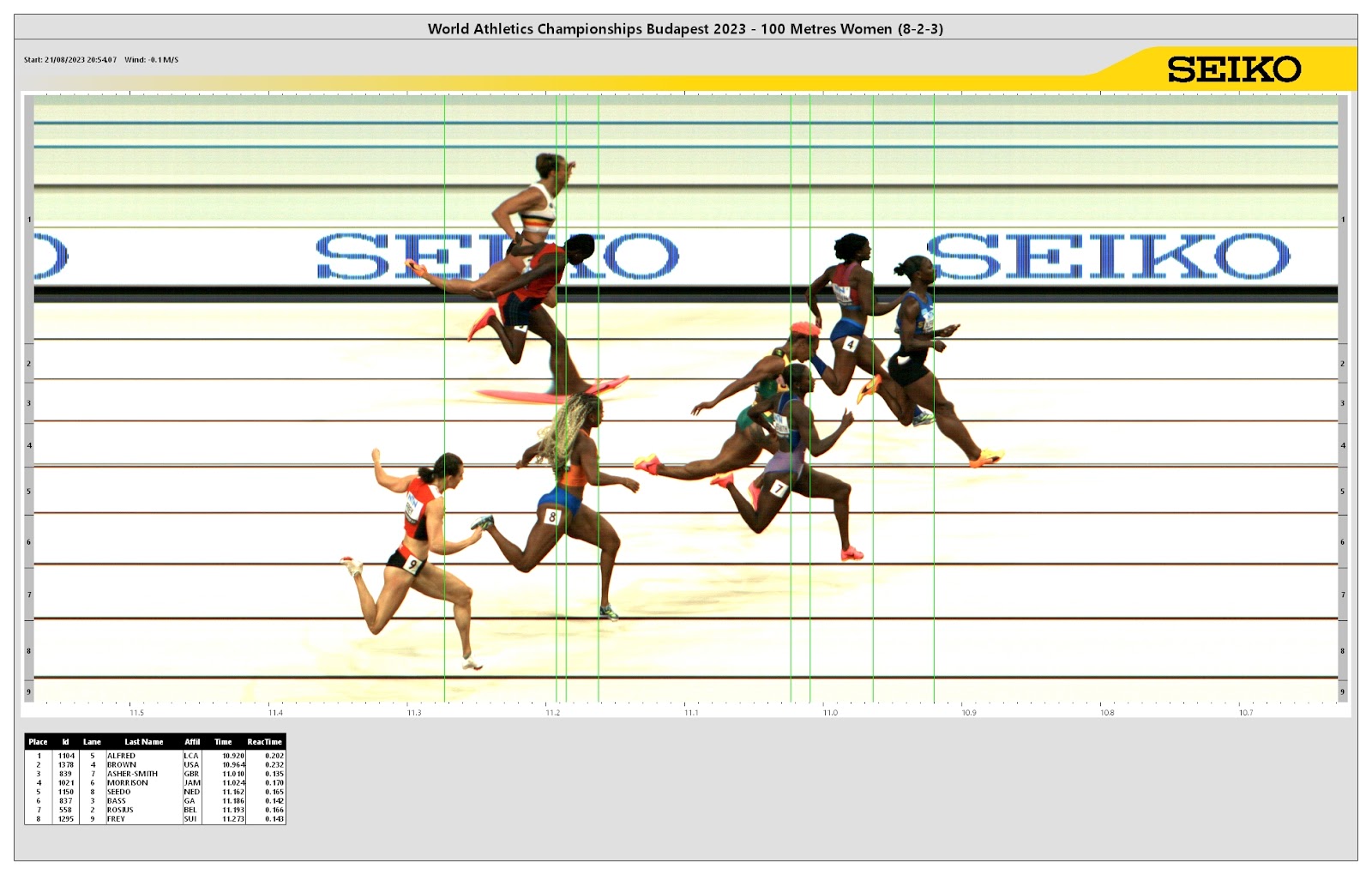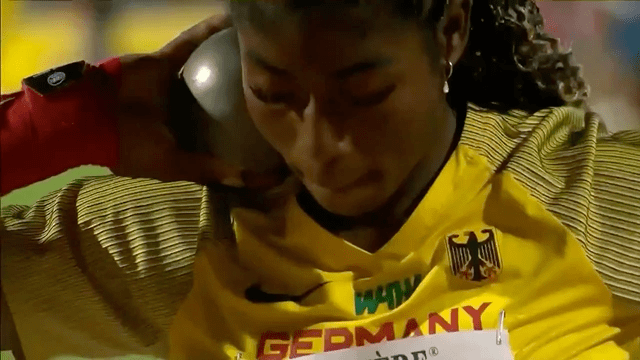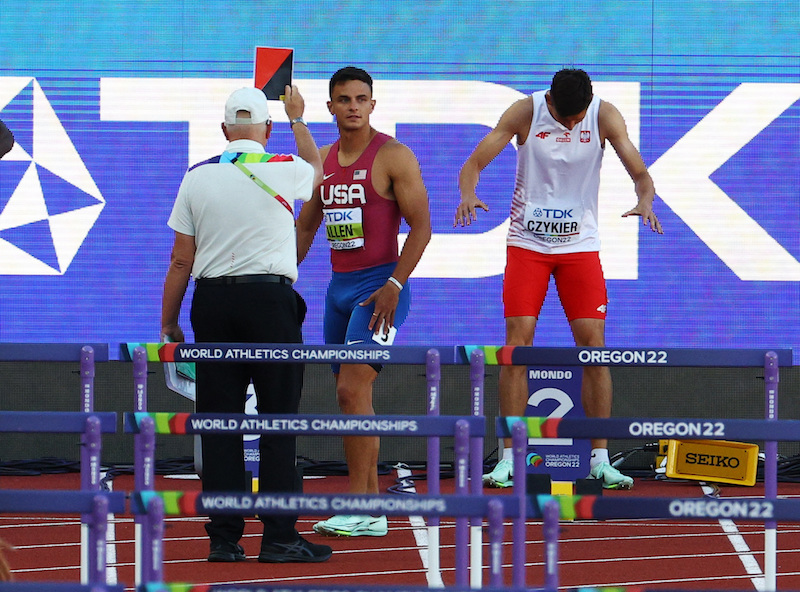I have been waiting a full year in order to write this headline. Two years ago, just after the Tokyo Olympics, I wrote a short article entitled "Stop the presses: Tentoglou is olympic champion".
And I was hoping, in 2022, to write today's title. But, at the very last moment, things went awry. Tentoglou started the final with an excellent 8.30 m at his second jump and improved that with 8.32 m at the fifth. At that point S. Ehammer was second with 8.16 m and M. Massó third with 8.15 m. Back at fifth place J. Wang (with a personal best of 8.47 m from 2018) had an astonishing 8.36 m sixth attempt and Tentoglou could not respond (he managed just 8.20 on his last attempt and that was that). Tentoglou had to wait for the next year in order to have a go at the only gold missing from his collection.
It was not going to be easy. W. Pinnock (who was 9th in Eugene with 7.88 m) showed that he was going to be a formidable opponent. He jumped a world-lead 8.54 m in the qualifiers, while J. Wang was practically up to Eugene level with 8.34 m at the qualifiers. At the beginning of the third attempt Tentoglou was not among the 12 first, with a foul and a 7.95 m mediocre jump. Fortunately, he is someone who can keep his cool and with a 8.25 m jump he made it to the final.
Now, there is a lore concerning Tentoglou. If he fouls the first jump he is known to win the event. However his first jump in the final was going to be the exception. (Unless the qualifiers do count, in which case tradition is preserved). Tentoglou jumped a huge 8.50 m.
(Last year, I was commenting on his defeat that "given Tentoglou's talent, he should be able to land consistently at 8.50 m or beyond so as not to be vulnerable"). Unfortunately Pinnock's jump at the qualifiers was not just a lucky jump. He responded to Tentoglou's jump with a first attempt at 8.40 m and a second at exactly 8.50 m. Tentoglou was second on "count-back"! He reacted and landed at 8.39 m at his third attempt but that was just one centimetre short.
Entering the sixth attempt the atmosphere was really tense. First T. Gayle (the surprise 2019 world champion), who was fourth up to that time, jumped 8.27 m, the very same distance as his compatriot C. McLeod and passed him thanks to a second best jump of 8.17 m. (McLeod was slightly injured at that time and could not really respond). Then came of the turn of Tentoglou. And he had a humongous jump. It was clearly better than the 8.40 m he was needing. And when the jump was measured it was a title-winning 8.52 m. Pinnock tried to react and he had a great attempt at 8.38 m. But that was not sufficient. Tentoglou was the World Champion.
So now, Tentoglou is the undisputed number-one long jumper of today. He has every possible medal.









